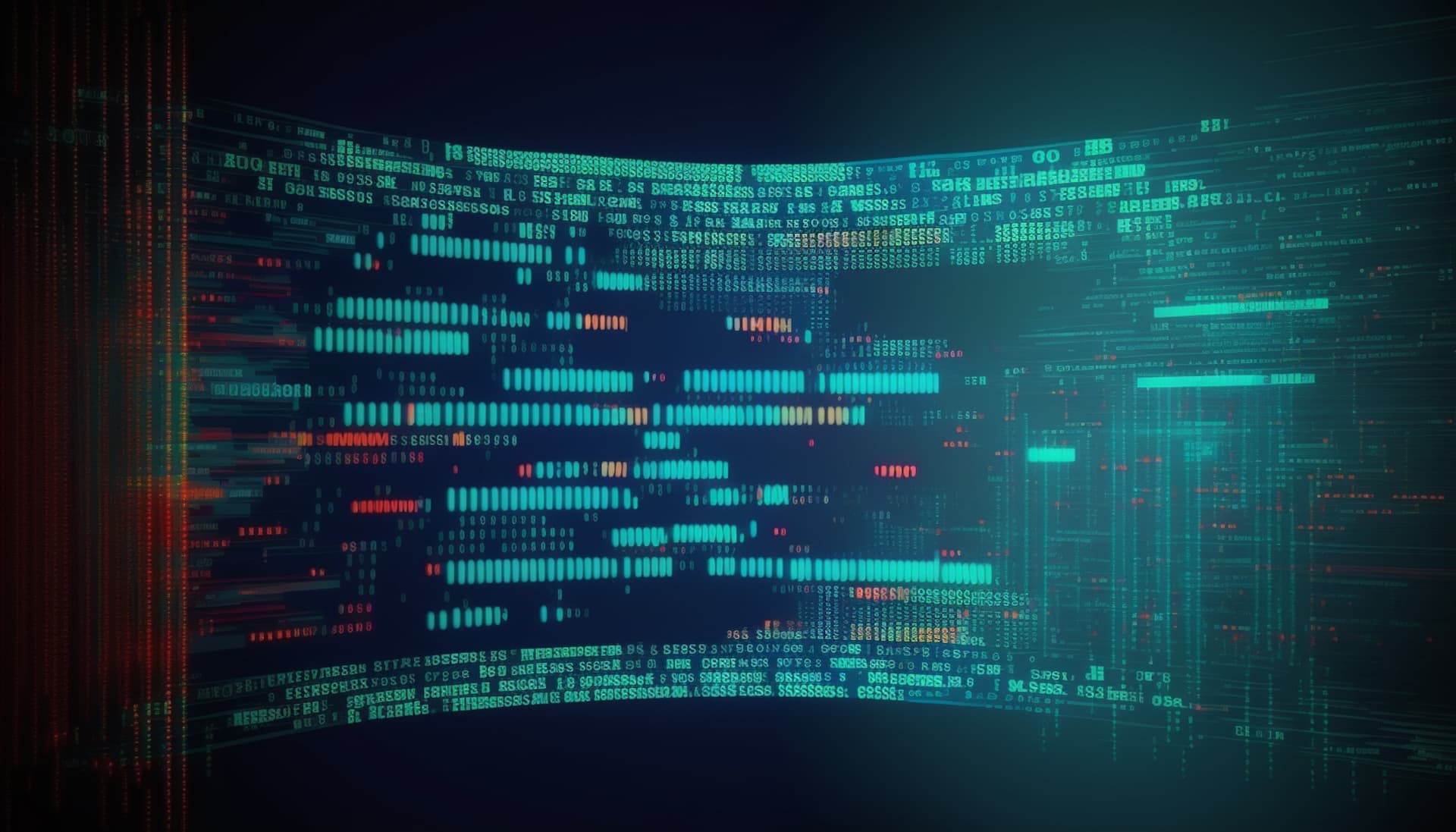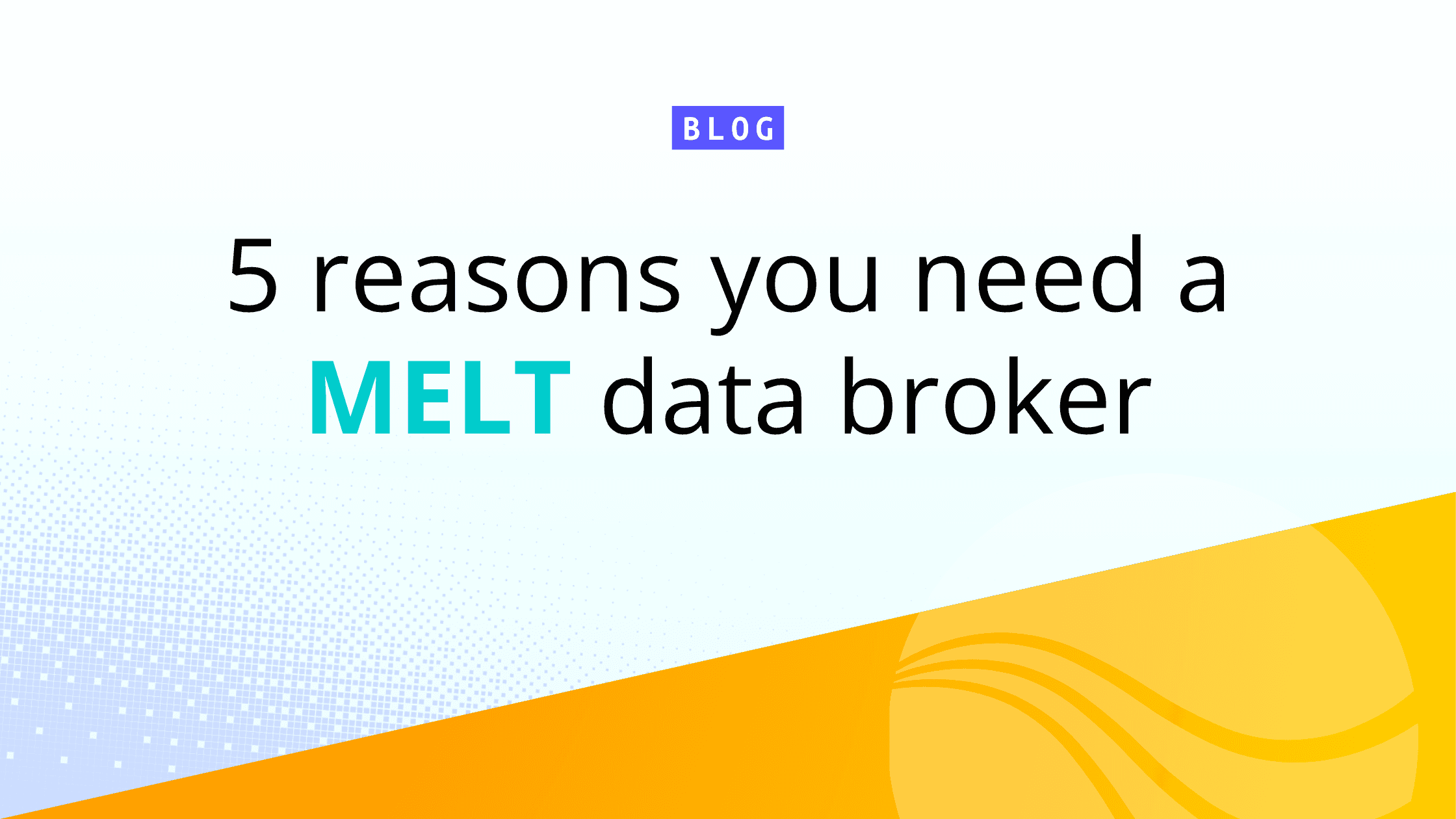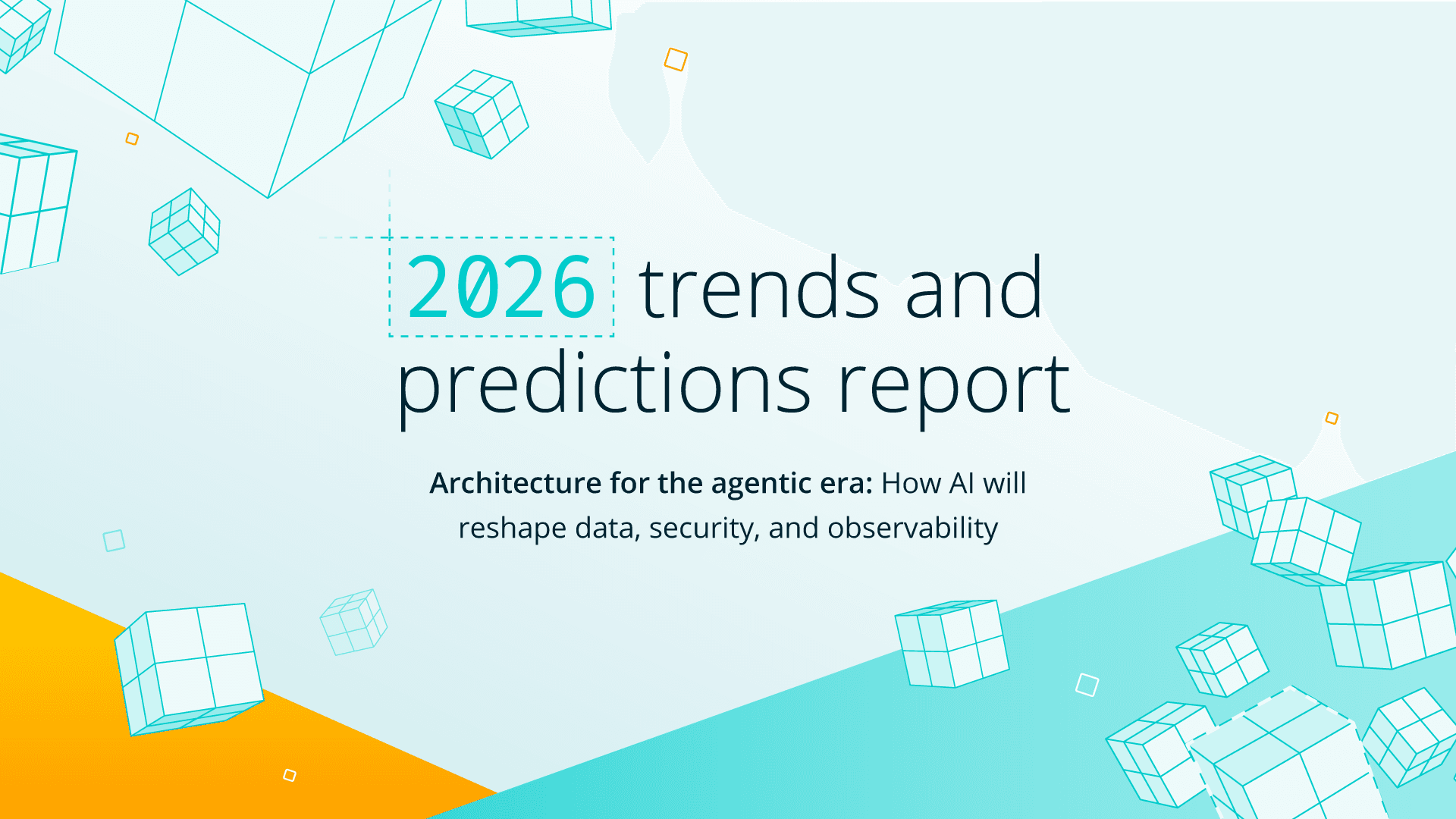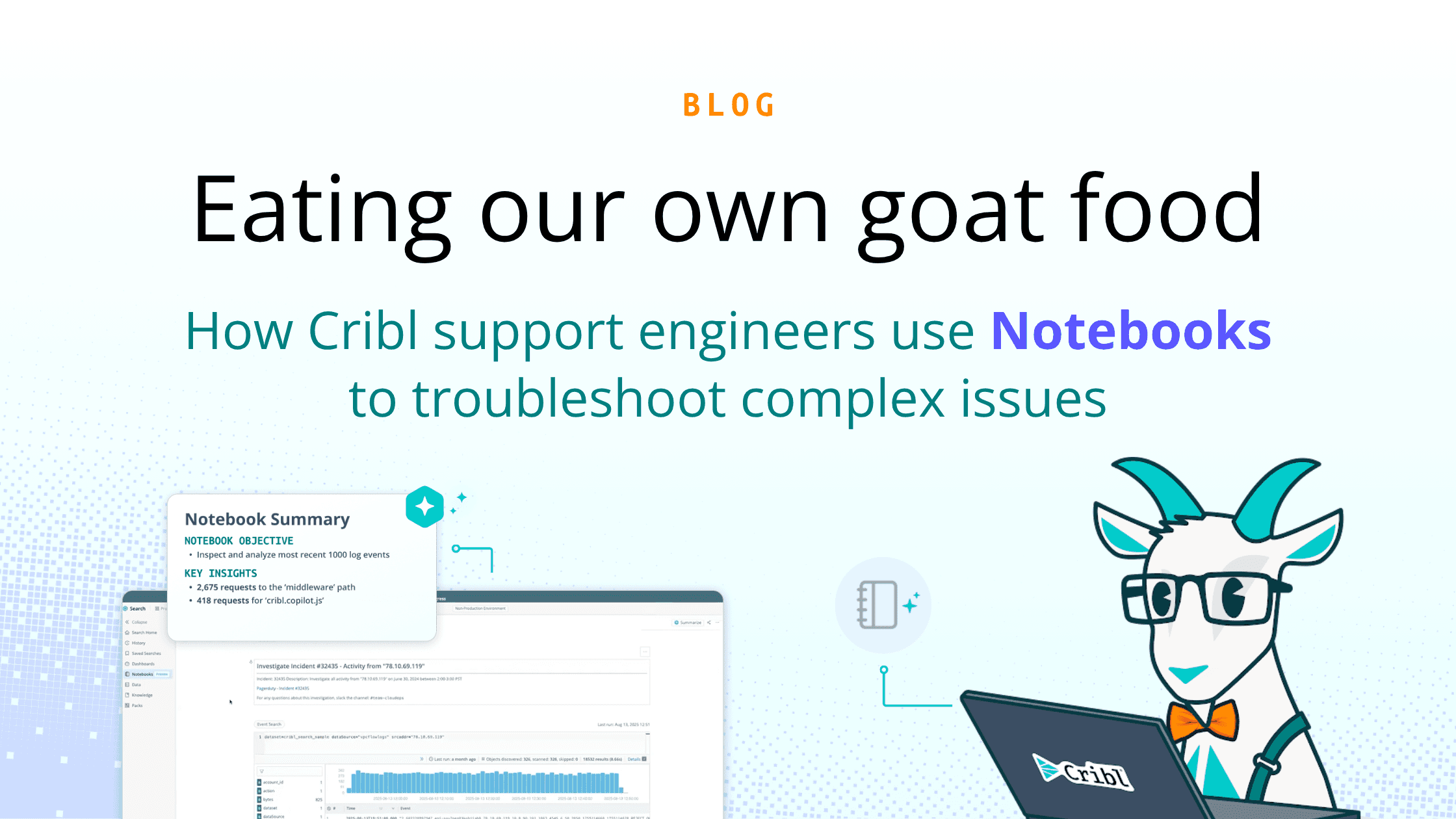If 2024 was the year CISOs braced for impact, 2025 is the year they double down on resilience, visibility, and identity. Amid tighter budgets, skyrocketing threat volume, and increasingly complex tech stacks, security leaders are refocusing their efforts around the practical: prevent what you can, contain what you can’t, and make sure the right people have the right access to the right systems.
Here’s a look at what’s topping the CISO priority list in 2025, based on insights from Gartner, SecurityWeek, and the latest CISO Leadership Perspectives report.
Cyber Resilience Over Cyber Perfection
Cyber resilience has officially outpaced prevention-only strategies. According to the 2025 CISO Leadership Perspectives report, resilience is now the top priority for CISOs—making its first appearance in the survey and immediately landing in the No. 1 spot.
This reflects a critical mindset shift: attacks are inevitable. The new goal is to limit business disruption, recover faster, and build adaptive capacity. That means:
Strengthening incident response and business continuity plans
Integrating cyber resilience with operational risk, AI governance, and third-party oversight
Building out capabilities like “cyberstorage” and adopting a “when, not if” approach to breaches
Taking a ‘bend don’t break’ approach also implies a cultural shift. Security teams are dropping the zero tolerance for failure mentality, which has been fueling burnout. Forward-thinking security leaders are now embedding resilience into people, processes, and platforms to ensure cybersecurity programs are not just secure, but sustainable.
A key element of cyber resilience is adopting an options-based strategy to security tooling and the data they need. Momentum is building around more flexible approaches to telemetry data management. Decisions around deployment environments, tools, and even service providers are no longer seen as rigid and inflexible. Security leaders are building adaptable security infrastructure - and staffing teams that can react to change.
Data Loss Prevention (DLP) in the Age of GenAI
After a number of expected acquisitions, the DLP space appeared moribund in 2023. The features spouted by emerging DLP vendors weren’t standalone businesses; they needed packaging with more complete security tools. However, DLP is making a comeback in 2025—with a twist. The push for generative AI across business functions has introduced new risk vectors: uncontrolled data access, unauthorized training on sensitive data, and unmonitored data flows through third-party tools.
This is creating the next generation of shadow IT: Shadow AI. Security leaders are responding with:
Renewed investment in DLP solutions (39% of CISOs plan to increase DLP spending in 2025, up from 33% in 2024)
Broader use of Data Security Posture Management (DSPM) tools to monitor structured and unstructured data
A shift toward synthetic data generation for AI training to reduce privacy exposure
The takeaway? In 2025, protecting data isn’t just about guarding the perimeter—it’s about understanding how, where, and by whom data is being used, especially in AI workflows.
This is more than protecting data from loss. Generative AI demands better data governance–who gets their say and who gets their way. These conjoined requirements around protection and governance will push both DLP and data governance vendors into hybrid solutions.
Identity and Access Management (IAM)—Now With Machines
IAM remains foundational, but the attack surface is changing fast. It’s not just people logging in anymore—it’s bots, AI agents, service accounts, and software-defined identities. And they’re under attack.
Machine identities now account for a growing share of identity-related breaches. In fact, 85% of such incidents are linked to compromised non-human credentials. With the emergence of model context protocol (MCP) allowing ad hoc combinations of applications with generative AI, non-human identity-based attacks will skyrocket.
This year, 43% of CISOs are prioritizing investments in IAM, MFA, and Zero Trust architectures. The leading practices include:
Centralized strategy with decentralized execution for IAM across business units
Policies that treat machine identities with the same rigor as human credentials
Architectures that avoid exposing secrets to workloads in the first place
In other words: identity is still the new perimeter, but that perimeter includes APIs, containers, and background processes. Concerns around identity, especially machine-based identity, is pushing security leaders to collect even more data from the perimeter.
Doing More with the Same Budget
Stop me if you’ve heard this one before: CISOs are being asked to do more—secure more systems, evaluate more vendors, and protect against more threats—with roughly the same budget as last year. Nearly half of CISOs say their budget is flat, and 43% report no change in technology spend year-over-year.
To compensate, smart CISOs are prioritizing:
Tool optimization over vendor consolidation
Security orchestration and automation to stretch staff capacity
Risk quantification techniques to demonstrate ROI to boards and justify any incremental increases
At Cribl, we continue to see tool optimization as central to security footprints. While the cybersecurity megavendors espouse consolidation on CNBC, the reality is security leaders increasingly favor best of breed products to poorly integrated and expensive platforms.
From CISO to Strategic Operator
In 2025, the CISO is no longer a technical silo. They're an executive stakeholder at the intersection of business growth, regulatory risk, and operational continuity. But here’s the rub: responsibility is increasing faster than authority.
Boards are relying on CISOs for strategic input—and in some cases, holding them personally accountable for regulatory failures. This underscores a quote from a former colleague of mine: “The CISO’s job is to resign when there’s a breach.” This accountability is leading to louder calls for CISOs to secure board-level influence or at least regular, visible engagement with senior leadership.
Whether they sit at the board table or not, CISOs must speak the language of business: outcomes, risk, and resilience. And they must do it while still managing the next ransomware outbreak.
The Bottom Line
In 2025, the most effective CISOs aren’t chasing buzzwords—they’re building guardrails, reducing complexity, and enabling transformation without sacrificing control.
It’s less about heroism and more about habits. Less about zero trust and more about zero assumptions. And less about eliminating risk than learning how to live—and thrive—alongside it.






